Cost-Effectiveness
The cost-effectiveness of supplementary cementitious materials is emerging as a crucial driver for the Supplementary Cementitious Materials Market. These materials often provide a more economical alternative to traditional cement, particularly in large-scale construction projects. By incorporating supplementary materials, construction companies can reduce overall material costs while maintaining or even enhancing the quality of concrete. Additionally, the use of these materials can lead to lower energy consumption during the production process, further contributing to cost savings. Market analyses suggest that projects utilizing supplementary cementitious materials can achieve up to 15% savings in material costs. This financial incentive is likely to attract more stakeholders to the Supplementary Cementitious Materials Market, thereby fostering its growth.
Regulatory Frameworks
The establishment of supportive regulatory frameworks is a significant driver for the Supplementary Cementitious Materials Market. Governments and regulatory bodies are increasingly implementing policies that encourage the use of sustainable building materials. These regulations often include incentives for construction companies to utilize supplementary cementitious materials, which are recognized for their environmental benefits. For example, certain regions have introduced mandates that require a minimum percentage of supplementary materials in concrete mixes for public infrastructure projects. This regulatory push not only fosters a favorable environment for the adoption of these materials but also enhances their market penetration. As a result, the Supplementary Cementitious Materials Market is expected to expand as compliance with these regulations becomes more prevalent.
Technological Innovations
Technological advancements in the production and application of supplementary cementitious materials are likely to propel the Supplementary Cementitious Materials Market forward. Innovations in material processing and blending techniques have enhanced the performance characteristics of these materials, making them more appealing to construction professionals. For instance, the development of high-performance concrete incorporating supplementary materials has shown improved strength and durability, which is crucial for modern infrastructure projects. Furthermore, the integration of digital technologies in material testing and quality control ensures that these materials meet stringent performance standards. As a result, the market is witnessing an uptick in the adoption of advanced supplementary cementitious materials, which could potentially lead to a market growth rate of over 10% annually in the coming years.
Sustainability Initiatives
The increasing emphasis on sustainability within the construction sector appears to be a primary driver for the Supplementary Cementitious Materials Market. As environmental concerns escalate, construction companies are actively seeking materials that reduce carbon footprints. Supplementary cementitious materials, such as fly ash and slag, are recognized for their ability to enhance concrete durability while minimizing the use of traditional Portland cement. This shift not only aligns with global sustainability goals but also meets the rising demand for eco-friendly construction practices. Reports indicate that the use of these materials can reduce greenhouse gas emissions by up to 30%, thereby significantly contributing to sustainable development. Consequently, the Supplementary Cementitious Materials Market is likely to experience robust growth as stakeholders prioritize environmentally responsible solutions.
Rising Infrastructure Development
The ongoing rise in infrastructure development across various regions is a pivotal driver for the Supplementary Cementitious Materials Market. As urbanization accelerates, there is a growing demand for durable and sustainable construction materials to support new infrastructure projects. Supplementary cementitious materials, known for their strength and longevity, are increasingly being specified in the construction of roads, bridges, and buildings. This trend is particularly evident in emerging economies, where rapid urban growth necessitates the use of high-performance materials. Industry forecasts indicate that the infrastructure sector will continue to expand, potentially increasing the demand for supplementary cementitious materials by over 20% in the next five years. Consequently, the Supplementary Cementitious Materials Market is poised for substantial growth as it aligns with the needs of modern infrastructure development.


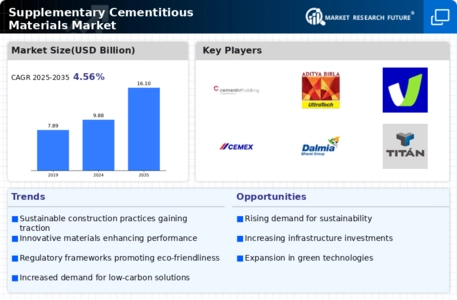

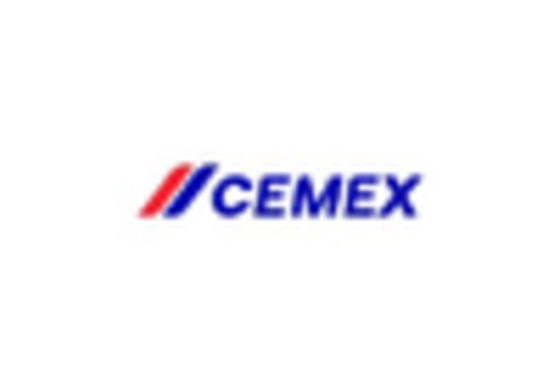
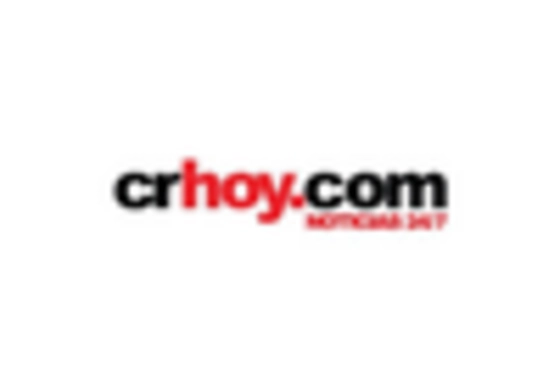
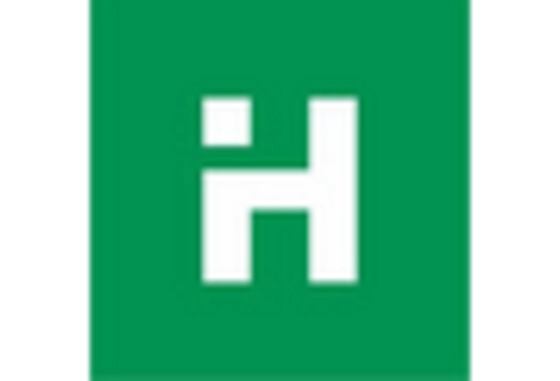
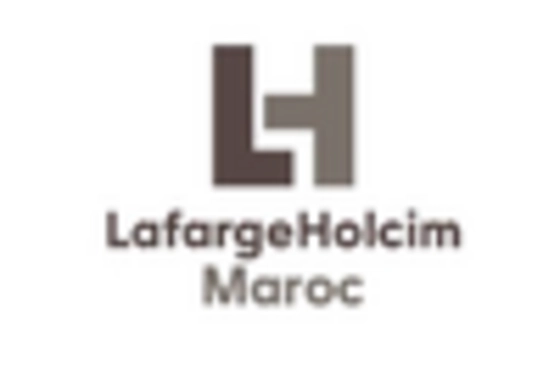
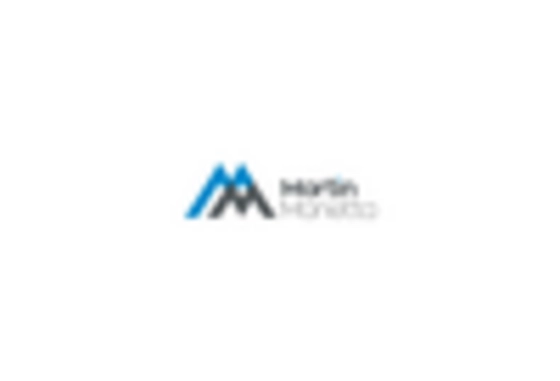








Leave a Comment